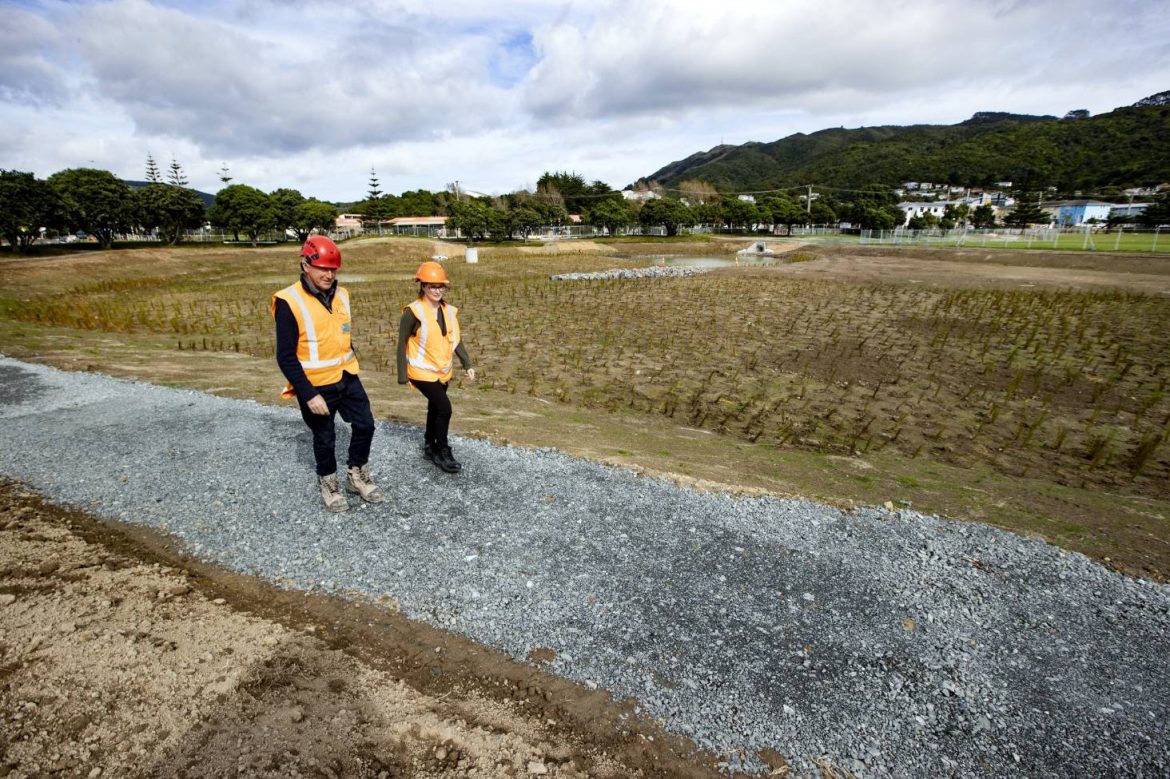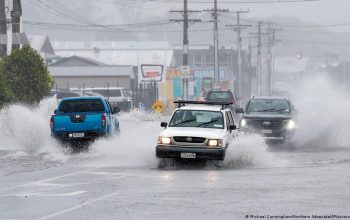A soon-to-be-built wetland at the centre of Porirua is due to have its construction done by June this year. Planting is reportedly underway on this land. The Ministry for the Environment has given the go-signal for funding for the two-year project in 2017. Wellington Water reportedly handles the task. Wellington Water is due to transform 7000 square meters of field space into the local wetland.
Many expect that the wetland will be the source to avoid flooding within the surrounding areas of homes, shops, and the Porirua school. Furthermore, pipes that contain stormwater and transfer it to Te Awarua-o-Porirua Harbour are going through improvements.
The wetland will filter the stormwater before entering the harbour’s areas. Thus, after this happens, the harbour’s surrounding environments become cleaner and take away sediments. The port has had a problem with filthiness and dealing with excessive deposits for a couple of years now.
In its way, Porirua is doing its part by giving back the land to the previous state under which it was under jurisdiction. According to the project director, Lyndie McMillan, digging up is in the midst of what the field is having in the middle transition to the reclaimed land. It is, thus, objective to say the land space, in the process of transformation, would have been in the form of a wetland before the onset of the 1900s.
According to engineer Peter Mumm, from E. Carson & Sons, the ground in the said wetland broke in December last year. Planting, however, did not start until just two weeks prior. While excavating, Mumm’s team uncovered an old road constructed in the 1920s buried deep beneath the soil, a ceramic pipe running on the sides of the wetland, and a group of a single row of totara fence posts.
The wetland space was constantly a part of the sports field where activities seldom happened. According to Mumm, no person comes over to the wetland during winter. According to a projection, there will be 20,000 plants in the ground when the marsh opens.
According to McMillan, the wetland will retain its wetness within the surrounding spaces of Urukahika Stream. This body of water will take a reroute to run within the internal parts of the swamp. It will go to the other side of the land space, back underground, and within the harbour environment. Down the road, it will continue to seep through the excessive amounts of sediments, thus, cleansing the wetland completely.



